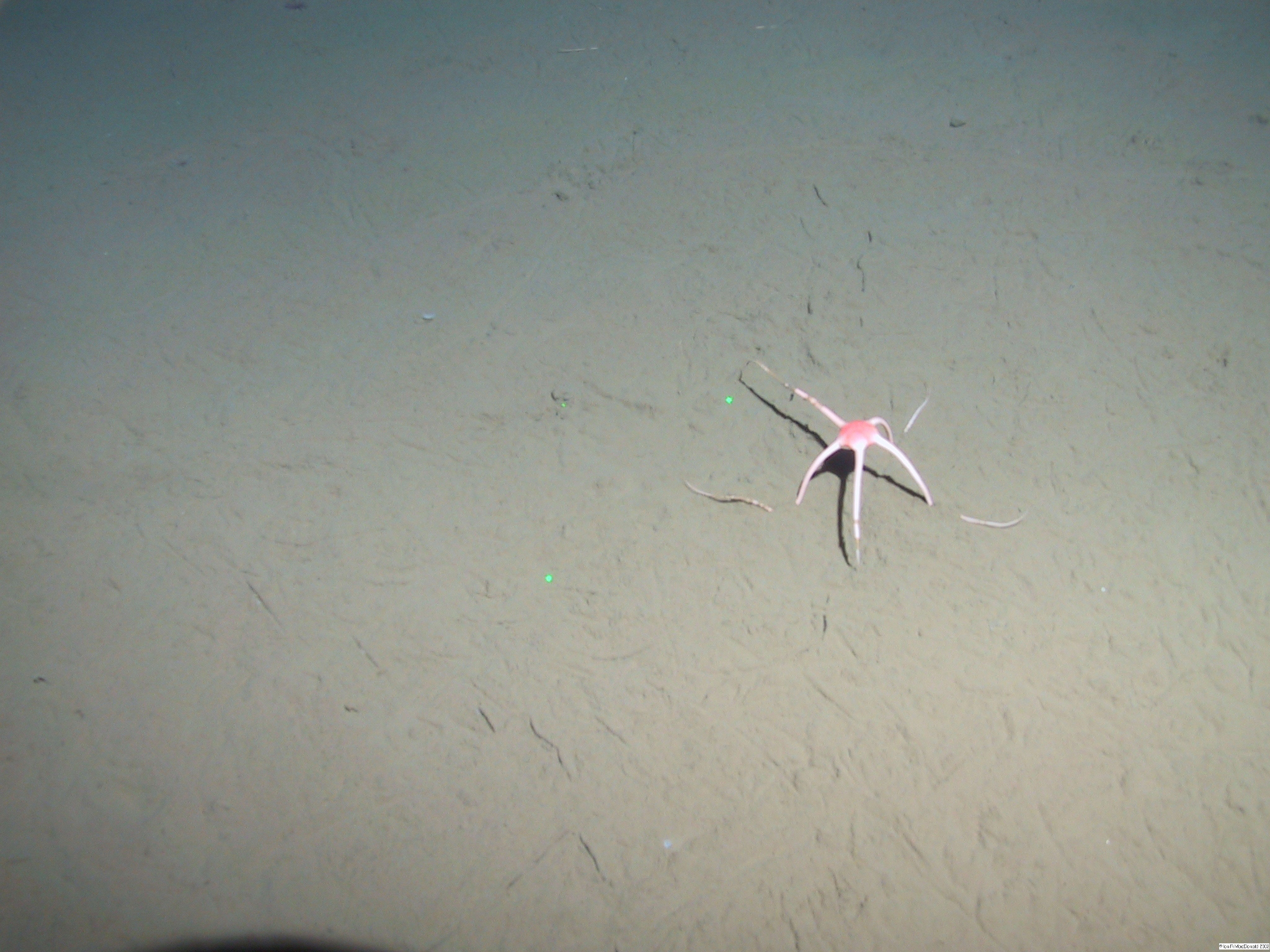The bottom of the Bering and Chukchi seas could become too warm for some important species
By century's end, almost the entire Bering and Chukchi sea region would be too warm for most key species to live on the seafloor.

There is danger lurking on the floor of the Bering and Chukchi seas for mussels, snails, clams, worms and other cold-water invertebrates, according to a new study led by National Oceanic and Atmospheric Administration scientists.
If climate change continues its current trajectory, the Bering and Chukchi seafloor areas will be too warm for those creatures by the end of the century.
In turn, that means trouble for walruses and other marine species. Snails and mussels are particularly important to commercially harvested fish like halibut and yellowfin sole, along with being prey for the Pacific walruses that gather in the summer in the northern Bering and southern Chukchi seas. The Bering Sea is part of the North Pacific Ocean south of the Bering Strait that separates Alaska from Russia, while the Chukchi Sea is part of the Arctic Ocean just north of the strait.
The results warn that those seafloor-dwelling populations of invertebrates that support populations of Bering Sea and Chukchi Sea marine mammals “may be seriously impacted by future ocean warming,” the study said. That also affects coastal residents who depend on traditional harvests of walruses and seabirds for food and cultural connections, the study said.
Under the current climate trajectory, key cold-water bottom-dwelling prey species are on track to lose half of their suitable habitat by mid-century, the study said. By the end of the century, almost the entire Bering and Chukchi sea region would be too warm for them to live on the seafloor there, the study found.
The resulting seafloor habitat would be taken over by a few species that can tolerate a wide range of temperatures – creatures like brittle stars and basket stars, relatives of sea stars. But those marine species are very minor players in the food web.
The study is a cooperative effort of scientists from NOAA’s Alaska Fisheries Science Center, NOAA’s Pacific Marine Environmental Laboratory, the University of Washington and the Institute of Marine Research in Norway.
It uses a decade’s worth of data to calculate the preferred temperatures for a variety of species that dwell on the bottom of the sea in areas of the Bering and Chukchi that normally have seasonal ice coverage.
In the past, that data has been used to understand fish and crab populations that are important to the commercial seafood industry. The new study, however, used the data to examine the prospects for sometimes overshadowed bottom-dwelling species. That makes it the first examination of climate-change impacts on the entire suite of invertebrates living on the seafloor environment there, said lead author Libby Logerwell of NOAA’s Alaska Fisheries Science Center.
The prospects appear grim for most of them — and for the species that need them for food.
“The climate models under this ‘business-as-usual’ climate change scenario project that the thermal habitat for all but the few most heat-tolerant arctic invertebrates will shrink dramatically northward by the end of the century,” Logerwell said by email.
The species that would benefit account for only about 8 percent of the animal groups currently in the environment, the study said.
Because the study projects into the future, its findings do not explain the recent crash in Bering Sea crab stocks, Logerwell said. The “thermal habitat” for crab still exists through much of the Bering, she said. However, long-term prospects appear to be poor if climate change continues on its current trajectory. Habitat with suitable temperatures for crab species is likely to move farther north, she said.
The study was published in the journal Deep Sea Research Part II: Topical Studies in Oceanography.
This story was first published by Alaska Beacon and is republished here under a Creative Commons license. You can read the original here.
This article has been fact-checked by Arctic Today and Polar Research and Policy Initiative, with the support of the EMIF managed by the Calouste Gulbenkian Foundation.
Disclaimer: The sole responsibility for any content supported by the European Media and Information Fund lies with the author(s) and it may not necessarily reflect the positions of the EMIF and the Fund Partners, the Calouste Gulbenkian Foundation and the European University Institute.
